|
Growth mindset in children is a concept that is becoming more popular...in schools and with parents. It is the understanding that the brain can grow and change versus a fixed mindset that is predetermined and is set in stone, no matter what you do. Basically, it is how you face challenges and set-backs. Growth mindset in children can empower them and greatly impact their success and happiness. This concept of growth mindset in children was coined by Stanford University Professor Carol Dweck. After decades of research, she discovered the ground-breaking idea of the power of mindset. She sheds light on the concept in her book, Mindset: The New Psychology of Success, and shows how success in school, work, and life can be dramatically influenced by mindset. Research in neuroscience has shown that the brain is actually even more malleable than previously thought. Your experiences can impact the connections between neurons in the brain. What does that mean for your adopted or foster child? It actually is good news. New neuron pathways can be made and existing ones can become stronger. In an interview with The Atlantic, Carol Dweck talks about the difference of a fixed mindset versus a growth mindset in children. "When students had more of a fixed mindset—the idea that abilities are carved in stone, that you have a certain amount and that’s that—they saw challenges as risky. They could fail, and their basic abilities would be called into question. When they hit obstacles, setbacks, or criticism, this was just more proof that they didn’t have the abilities that they cherished. What does Fixed Mindset and Growth Mindset in Children Look Like:
For children who’ve been impacted by trauma, a fixed mindset is fairly common. They may falsely believe that things just happen to them, that they don’t have the ability or the power to change things. That what they do and how they think impacts their lives. Now the question…how do you foster a growth mindset in children? 7 Ways to Encourage Growth Mindset in Children1. Tell your child (over and over) that brain can get stronger. Talk about how the brain can work like a muscle. The more you use it, just like exercise, the stronger it gets. 2. Embrace mistakes. Mistakes are okay. In fact, that’s where learning really happens. You may have heard the phrase “you win or you learn.” That mindset is one to model and to speak out loud. When you make a mistake, talk about it and share what you learned. When your child makes a mistake, don’t criticize. Steer the conversation to what was learned. And remind your child that mistakes are opportunities to learn. 3. Teach your child the Power of Yet. Adding one little word on the end of a sentence sends a powerful message. “I don’t know how to do that” is very different than “I don’t know how to do that yet.” Yet sends the message that I will be able to do that or that I can learn how to do that. 4. Praise…but be specific Instead of praising a general statement such as "you are smart" or "you did a good job", be specific. "You studied hard for your test." "You were persistent, and kept trying even when it was challenging." "You found a new way to solve the math problem." Specific praise shows that the effort was noticed, not just the result. 5. Be a role model You know, walk the walk and talk the talk. Use growth mindset concepts and language in what you do and say. Our children are watching and listening, and often that can be the easiest way for them to learn these concepts. And..an added benefit is that a growth mindset is good for you too! 6. Have your child set S.M.A.R.T. Goals S.M.A.R.T. is an acronym that works good for goal settign S.M.A.R.T Goals are:
Journaling can be a great tool for growth mindset. We really like the ones at Big Life Journals. Journaling, along with positive affirmations, give a place for learning and practicing growth mindset in children. Growth mindset is a process. It doesn't just happen. It takes teaching, encouraging, and practicing. But...it is worth the effort. It can directly impact your child's learning, success, and happiness.
1 Comment
I recently got a call from an adoptive mom. She was feeling down. Discouraged.
And the really hard part…feeling like a bad mom. She and her family had just gotten back from a family gathering. In the past, her little guy would bounce off the walls at family gatherings. He ran around with his cousins, laughing loudly, and looked to be having a great time. But eventually, it would come to a halt…either with one of the cousins coming to say he wasn’t playing nice or him coming to mom having a meltdown. This time it was going to be different. Mom was keeping him close. He had bag of fun things to keep him entertained. And he did better. WAY better. No meltdown. No bouncing off the walls. He was so much calmer. But then came the questioning. The doubting. Mom’s parents and sister-in-law questioned her. Over and over. "Why couldn’t he go play with the other kids?" "Why did he have to stay so close to Mom? " "You seem controlling." Mom fought back the tears…until she got home. She felt judged. She felt like she had to defend how she was parenting. When we’re parenting differently than other people, others sometimes question. Doubt. And they can seem critical. That’s not easy. Especially when it comes from our family or friends. Here’s the hard part… sometimes WE are biggest critics. We question. We doubt. Am I the wrong parent for the job? Am I making things worse? Have you ever felt like that? If so…I’ll tell you what I told this Mom. You ARE doing a great job! You are meeting your child right where he’s at…and that is a GIFT for your child. You are doing a GREAT job! You are helping your child succeed…and that is a GIFT for your child. YOU are doing a great job! You are the right parent for your child. You are giving your child the BEST GIFT of all…a No Matter What parent!! Give yourself grace. Give yourself a 5 second pat on the back. You deserve it!! P.S. - If you're an Adoptive or Foster Parent, come be surrounded by support on the journey getting YOUR family to happy & healthy! Click here to join us in CONNECT. The impacts of trauma on adopted children and foster children are often not the outwardly, visible ones you might expect. They often are invisible. Misunderstood. Misdiagnosed. And sometimes missed all together. One of the most misunderstood remnants of trauma that adoptive and foster families talk about is rooted in real issues with memory. Okay...so here's an instance in which you will ALL be better off (parent & child) when you can meet your child right where he is at. It all begins at the Hippocampus, the area of the brain where short-term memories are consolidated into long-term memories. Research after research shows that damage to the Hippocampus can affect a person's ability to learn new information and to maintain it. When this trauma happens during childhood, it results in severe effects. call this the Swiss Cheese Effect. (I'm a very visual person)
So visualize this with me...a big chunk of Swiss cheese. Not the cheap little blocks from the dairy section at your local grocery store, but the cheeses found in the specialty section - the REAL Swiss cheese. It has parts that are whole and solid, but it also has areas where there are big holes. I mean you can stick your finger right through a good piece of Swiss. This visualization is a good representation of an Adopted or Foster Child's Hippocampus after having lived in trauma (remember they have all lost their primary attachment figure so that qualifies as trauma). Here's what happens... during a stressful time, the Limbic System calls for a fight or flight response to help us handle things. One of the tools it uses is the release of Cortisol. Normally after the stressor is gone, the Cortisol would return to normal levels. However, in especially traumatic situations, excess Cortisol is released into the body. This release or flooding has negative effects on the brain, damaging the neurons in the Hippocampus...creating that Swiss Cheese Effect. Now, I want to specify that my visual for you is not literal, but figurative. The Hippocampus does not have holes in it per se; its neurons were damaged, meaning its function is like Swiss cheese. Sometimes the neurons connect and lots of times they don't...as if they are not there. So let's apply your new found knowledge to your child.
This is about memory; you need to do it differently! As parents, you can add to the negative and scary spin of the deficit by misunderstanding the deficit as defiance or you can stop the spin, create healing, and help your family flourish by meeting him right where he is at. It is real...many of our children do not have the ability to: remember the directions, where they put things, how then applies to now, make good choices, and so much more. So, be the SAFETY NET...the place where your child is most understood, which converts to most valued, which ultimately converts to healing. Your family CAN flourish, CAN get to Happy & Healthy. It takes a shift in mindset. A new understanding. It takes INTENTION. P.S. In CONNECT, our Group for Adoptive & Foster Parents, we dig deep into the impacts of trauma on adopted and foster children. We look at how they look on your child and what to do about them. Join us today! Triangulation in families can be a big road block for adoptive and foster parents. It is real. It does happen. And the good news...it can be fixed. You and your spouse decided to become parents TOGETHER. You decided to adopt or foster TOGETHER. You started this journey as a team...as a united front. Then the daily struggles began and being an adoptive or foster parent wasn’t feeling like you though it would. The tools you had weren't working. The questioning of your ability to be parents played over and over in your mind. Feeling alone and hopeless a lot of the time becomes overwhelming and too common. The next thing you know you are blaming and criticizing each other. One partner often says they don’t even know the other anymore, while others report that their spouse just doesn’t get it. Parenting a hurt child often adds a lot of stress to a marriage and many times can be the demise! You have got to stick together! 5 Ways to Stop Triangulation in Families1. Greet Each Other First
When one parent comes home, make sure you greet each other first. A quick hello or hug BEFORE you greet your child. This shows your child that you and your spouse are a team! 2. Keep Perspective When dealing with triangulation in families, remember that your spouse hasn't changed. While your spouse may not seem like the person he or she used to be (angry, frustrated, sad), they still are the same person. They are fighting an important, but incredibly difficult, battle. Know that many times hurt kids have a different relationship with every adult in their life. Studies are showing more and more that the adoptive or foster Primary Attachment Figure gets more of the behavioral and emotional brunt of the challenge. 3. Intentionally Parent. Have a check in system. One parent checks in with the other before returning home to get the feel for what is going on at the moment. Start preparing to connect with the other adult so as not to allow triangulation in families to happen. 4. Move your own “stuff” so that you are not adding to the spin! Have expectations your child can actually meet so that they can succeed. You have to do it differently. 5. Always remember to look at your “whole” child! Don’t get caught in only “seeing” the behavior right in front of you. It's important to consider your child's emotional age as well as the impacts of trauma. Remember… TOGETHER you can create a safe and consistent environment for your child. TOGETHER you can commit to No MATTER WHAT and for as long as it takes! TOGETHER you can help your child heal! INTENTIONALLY CHOOSE, TOGETHER! P.S. - If you'd like more strategies to stop triangulation in families and are ready to create a STRONG united front in your family, join us in CONNECT. What do you do when your foster or adopted child is having a tantrum, meltdown, or flipping his lid? No matter what you call it, it can be hard to keep your cool. Yes, it's your goal as a parent, but in the moment, your emotions can get in the way. It's why we are so excited that this month's guest speaker in CONNECT is teaching about Getting Control of Your Breath and Yourself When Your Child is Flipping His Lid, followed by a Q & A session. Bryan Post, an adopted and former foster child, is one of America’s Foremost Child Behavior and Adoption Experts and founder of the Post Institute.
A renowned clinician, lecturer, and best-selling author of From Fear to Love, The Great Behavior Breakdown and ten other books, and more than 100 video and audio programs, Bryan has traveled throughout the world providing expert treatment and consultation to a variety of groups. An internationally recognized specialist in the treatment of emotional and behavioral disturbance, Bryan specializes in a love-based treatment approach that focuses on developing a deeper understanding of trauma, stress and fear and how they rule our lives. He counters this by offering an enlightening perspective on the all-encompassing power of love to bring us peace and healing. The love-based, family-centered principles and concepts offered by Bryan have been taught to more than 200,000 parents and professionals around the world. He is host of Post’s Daily Dose an original facebook live show on five days a week at 6:30pm on facebook.com/postinstitute. Grab your spot in CONNECT so you can join us to learn new tools and strategies, and get YOUR questions answered. Making your list and checking it twice? Don’t forget to add Stocking Stuffer Ideas to your list. Snacks, sensory items, and even toiletries make GREAT fillers for stockings. 15 Sensory Stocking Stuffer Ideas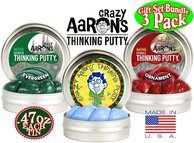 1. Thinking Putty (Holiday Pack) Kids LOVE this…and parents do too! Great sensory input as well as very calming!
 5. Scented Markers (Holiday Pack) Scented markers that are WASHABLE! Comes in fun, holiday scents: Candy Cane, Santa's Cookie, Christmas Tree, Sugar Plum, Gingerbread, and Chimney
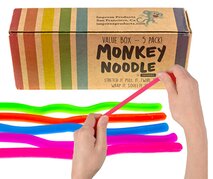 8. Monkey Noodle A fun sensory fidget that stretches from 10 inches to 8 feet. Kids can stretch, pull, twirl, wrap and squeeze them. Then they bounce back to their original shape. 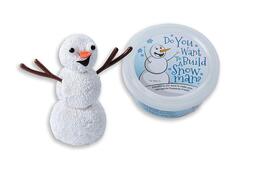 9. Do You Want to Build a Snowman? A fun stocking stuffer of white playfoam to build a cute snowman (without having to go out in the cold). Includes eyes, carrot nose, arms & a mouth! 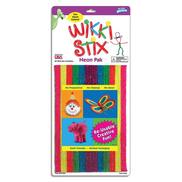  11. Aroma Putty It's like combining aroma therapy with the calming fun of silly putty. 6 pack gives you the option to fill lots of stocking or have a stash ready for the next time you need a new calming tool!  12. Scratch & Sniff Holiday Stickers Scratch and Sniff stickers in the great wintery scent of Wintergreen. 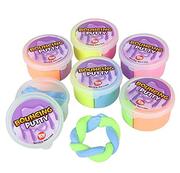 13. Bouncing Putty Comes in fun neon colors. 2 colors per container. Squeeze and mix the 2 colors to make your own super ball! 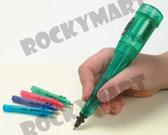 14. Squiggle Wiggle Writer Create squiggles and wiggles all over the paper with this vibrating, motorized pen. 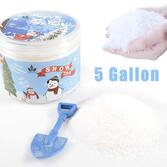 15. Snow Time Make your own snow...from the comfort of your home. Comes in powder to transform into a fun cloud slime.
The holiday season is officially here. For parents, it can be a BUSY time of year. To do lists are long, schedules are full, and expectations and anticipation can take it to a whole new level. For Adoptive & Foster Parents, holidays with an Adopted or Foster Child can be more complicated and challenging. Holidays often mean transitions, change in routines, increased expectations. It also can be a time when grief and loss resurface. Be Intentional. As at any time of year, being intentional is key. It’s about being proactive in your choices, rather than just reacting and always feeling behind the 8 ball. Being intentional includes meeting your child right where he or she is at. It’s important to take into account the child’s history, his or her emotional age, attachment style, and so on. 5 Things to Put Into Place for a Happier Holiday1. Family and Friends Often, family and friends don’t truly understand the struggles we are facing as adoptive and foster parents. They don’t see the hurdles that our adopted and foster children are trying to get over. They mean well, their intentions are good, but sometimes their comments and questions hurt. We feel judged, misunderstood, questioned. Sometimes their comments and actions get in the way of our relationships with our children. It’s not intentional. It’s really about not fully understanding. As Adoptive and Foster Parents, we have to advocate for our children. A LOT. Having to do it with our family and friends can often feel uncomfortable. But, if you can look at it is a way that your family can best support you and your child rather than going into the conversation accusatory or defensive…or avoiding it all together….everyone will be benefit. BEFORE the holiday celebration is the best time to communicate. Often a letter or email works as a good starting point. Let your family know how much your family celebrations mean to you, as well as how hard you are working on giving your child a “one and only”. Also, it can help for some people if you can introduce them to the impacts of trauma on adopted and foster children. We have a video in CONNECT for members to share with their friends and family so they can best support you and your child. Gifts can be fun to pick out and to give. The key here is to not go overboard. A whole pile of presents can be overwhelming to a child, and certainly overstimulating. In addition, it adds a whole lot of expectations for a child. They may worry how they should react, what is expected of them, what if they are not worthy of all of it, and so on. And all of that increases anxiety…and often increases behavior. Keep it simple. One great idea is the Gifts of 4. 4 gifts:
If you have family members who buy your child gifts, suggest a gift certificate for your family for a fun activity…a favorite museum, the zoo, the movie theatre. Those often work good because it not only takes some of the expectations for the child down in the moment, it fosters spending time together as a family. 1. Food
If your holiday table looks like ours, it is filled with tons of yummy foods. Family favorites, Great Grandma’s special cookie recipe, traditional foods such as lefse, and usually some new ones to try. Remember though, you are going into this holiday as an INTENTIONAL PARENT. That means make sure you have foods that you know your child likes. If the old stand by of a PB&J sandwich is his favorite, then make sure that is part of the meal…even if it means bringing it to dinner at Grandma’s house. Food is a basic assurance of life so it’s important at this time where anxiety can be high, that your child knows YOU’VE got him covered! 2. Traditions Holidays are often steeped with traditions. From favorite recipes, to the ornaments that hang on the tree, to activities. Those are all great. Holidays can be a great time to include your child’s traditions (or from his culture or country). Include on your menu some special treats from your child’s country. Do some research and find some new traditions to start that honor your child’s story. It's also important to make new family traditions. Sledding on the first snow fall, baking cookies on a weekend, family movie nights at home on Friday nights. Make it a time that is relaxing, fun, and connecting. Keep the stress low! 3. Self Care This one seems obvious, but it is so often pushed to the bottom of the list…and sometimes off the list entirely. You are juggling a lot. You have a lot on your plate. And to be able to pour into your family as much as you want to do, it is VITAL that you take care of you too. So…get out your calendar. Find some time where you can do self care. Holidays are hectic. They can be hard. But they can be HAPPY. It takes intention. This month in CONNECT, our Intentional Parent Coaching Group for Adoptive & Foster Parents, we have a new class about Getting Your Plan for a HAPPY Holiday Season, as well as access to other classes. You’ll also get the video How to Support an Adoptive, Foster, Guardian, Kinship or Step Family 101 to share with your family and friends so they can best support you and your child. And as always, you’ll have access to an entire hub of training, and the get support from an incredible tribe. Join us today, click here. Children who’ve been impacted by trauma often lack good self-regulation. In other words, they have a hard time regulating their emotions. Teaching children about feelings is important. As parents and teachers, helping your child or students identify and understand their feelings and to manage their emotions can make a big difference in their day to day. For some kids, this will take time. And practice. A child who understand their emotions is less likely to use behaviors such as tantrums and hitting to express his or her emotions. 5 Ways to Teach Children About Feelings1. Talk About Feelings A great place to start is how someone other than your child or student is feeling. Use yourself as a learning tool. “I feel sad today because…” “I feel frustrated that my car won’t start.” Also, others around you can be great examples too. “That little boy looks like he feels sad that he has to leave the park.” Books and movies can provide good opportunities to talk about feelings. “How do you think the little boy feels?” “What do you think the mom in the movie is feeling?” 2. Help your Child Identify Feelings Children often are unable to identify feelings. Naming the feeling for your child can help. "It looks like you are feeling sad that we can’t go to the park today." Mealtime can be a great time for discussions about feelings. Be a role model. Share a story about something that happened in your day and then say how you felt. As kids are ready to talk about their day and feelings, you can encourage them to do the same. 3. Acting Out Feelings Use puppets or stuffed animals to act out emotions. Make it fun. This can be a safe place for children to talk about their feelings through an animal or puppet. 4. Learning About Feelings Through Play Make it fun. Play Guess the Emotion game. For example, make a sad face and have your child guess how you are feeling. Another one is for the child to match his or her face with the emotion on your face. 5. Children’s Books and Games About Feelings Books and games are great tools for teaching children about feelings. They can be a great teaching tool, as well as an open door for discussions. We’ve listed some of our favorites below…with affiliate links to make it easy to find them. 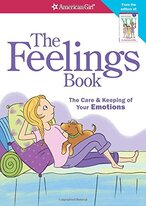 The Feelings Book: The Care and Keeping of Your Emotions by Lynda Madison The Feelings Book will help you understand your emotions, and deal with them in positive ways. You’ll get tips on how to express your feelings and stay in control, plus get sensitive advice on handling fear, anxiety, jealousy, and grief. Learn how to stay in the driver’s seat of your own emotions! 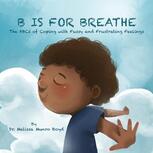 B is for Breathe: The ABCs of Coping with Fussy and Frustrating Feelings by Dr. Melissa Munro Boyd From the letter A to the letter Z, B is for Breathe celebrates the many ways children can express their feelings and develop coping skills at an early age. Fun, cute, and exciting illustrations, this colorful book teaches kids simple ways to cope with fussy and frustrating emotions. This book will inspire kids to discuss their feelings, show positive behaviors, and practice calm down strategies.  The Way I Feel by Janan Cain Feelings are neither good nor bad, they simply are. Kids need words to name their feelings, just as they need words to name all things in their world. The Way I Feel uses strong, colorful, and expressive images which go along with simple verses to help children connect the word and the emotion. Your child will learn useful words, and you will have many chances to open conversations about what’s going on in her/his life. Recommended by parents, teachers and mental health professionals, The Way I Feel is a valuable addition to anyone's library. 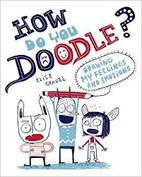 How Do You Doodle? by Elise Gravel Meet Otti, Ugga, and Flibb—They like to doodle. They doodle all the time! They doodle when they are mad, they doodle when they are glad, and they doodle when they are sad. They doodle just about anything they want! How Do You Doodle? has over 40 doodle games for you to doodle, scribble, and draw out your thoughts, emotions, and feelings. You can draw or write whatever you want in this book — cute drawings, silly drawings, even ugly drawings. Be creative and express yourself! Your doodles will help you to understand and recognize your emotions and feelings. How do You Doodle? can be used alone, or in association with a therapist or parent to help kids better realize and understand their emotional responses to situations, and to help promote better emotional health. A "Note to Parents" is included. 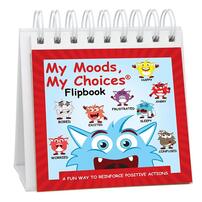
 Feelings in a Jar: A Fun Game for All Ages for Endless Play & Interaction Everyone needs to know how to name and express feelings. Each jar holds 365 little slips printed with ";feelings words";€”gleeful, insecure, grateful, angry, cranky, courageous, hopeful, and many more. Pull a slip and act out the feeling, or invite someone else to act it out. Use as discussion starters, journaling prompts, or icebreakers for groups. Ages 8 & up. 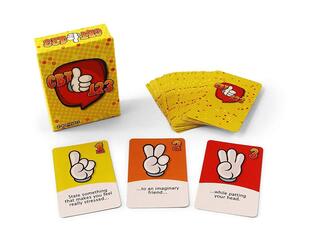 CBT 123 Version 2.0: The Hilariously Fun Game That Empowers Kids and Teens to Take Charge of Their Thoughts, Actions, and Emotions EXCITING GAMEPLAY: Players work to pick up sets of 1, 2, and 3 cards, acting out the fun situations on the sets
If you’ve been to your neighborhood big box store lately, you know it’s coming. Aisles of candy. Aisles of costumes…from the cute ones to the scary, gory ones. Aisles of decorations. Halloween is just around the corner. As parents of adopted and foster kiddos, you know holidays are times you need to be intentional. Halloween is one where you REALLY need to be intentional. Adopted and Foster Kiddos have been impacted by trauma…and the bottom line is TRAUMA and Halloween do not go well together. First, we have to come to the understanding that Adopted and Foster Kiddos have been impacted by trauma. And children who’ve been impacted by trauma don’t manage anxiety well. They don’t manage transitions well. They don’t manage sensory stimuli very well. Throw in Halloween and all the things that go along with that and you throw TRIGGERS into the mix. Frightening triggers. Traditional Halloween Celebrations Let’s take a look at a typical Halloween for lots of families. Trick or treating. Going from house to house, ringing doorbells of neighbors and strangers, on the mission to get a bag full of candy. Or if you’re like me as a kid…a pillow case full! Now as fun as that may have been for you as a child, or for your kiddos not impacted by trauma, that is NOT the case for kiddos who have been impacted by trauma. The key, as usual, is meeting your adopted or foster child right where he or she is at! Now, let’s take a look at a typical Halloween with that lens. Kids out in the dark, on the streets, eating sugar, in this big world with all this sensory stuff going on…spooky decorations, scary costumes, constant movement from house to house. Those things can TRIGGER your child and send him or her child right back to survival. And even worse…gets in the way of new brain wiring. Even being at home, passing out candy to all the ghosts and goblins and princesses coming to your door can trigger a child who’s been impacted by trauma. What may seem obvious that is just pretend, is not always seen that way by a child who has been impacted by trauma. They often are unable to separate pretend from reality. And when those things are scary, they will go right to operating out of survival. Believing and feeling those things as very real. And...just like that, the child is triggered. The child is using old brain wiring, using their survivor brain. That is what you've been working so hard to change, right? The first couple of years after we adopted our daughters, we carried on that same tradition of trick or treating as I had done as a child and as we had done with our biological kids. On the surface, my girls looked like they were having fun. But the truth was…they were being triggered. They were operating out of survival…something that we had been work hard to keep them out of. We eventually realized we needed to do it differently. But we had the juggling balance of having bio kids who had experienced those traditional Halloween traditions and still wanted to do them, girls who claimed they wanted to do those activities, combined with our new knowledge of how it was impacting our girls. We needed to be BOLD and BRAVE in our parenting decision. Once again, we needed to do it differently. Differently than we had been, differently than our friends and family. Parents can really be pulled, but if you can see it as impacting your child…triggering them and sending them to survival, it just isn’t worth it.. A New Way of Celebrating HalloweenYou are called to be brave in these situations. Setting aside how you thought it would look, setting aside how everyone else is doing it, and parent by truly meeting your child right where he’s at. That doesn't mean you have to skip the fun altogether. It means you may need to find a way that works for your adopted or foster child too. Think outside the box. Think of ideas with the mindset of helping your child. 7 Ways to Celebrate Halloween Without All The Fall Out
Sending your child off to school doesn't have to mean a lapse in your connection with your child. It doesn't have to mean a whole different world without you for your child. When a STRONG parent teacher partnership is created, when parents and teachers can be on the same page, your adopted or foster child will have the best chance at success.
School can be (and should be) a place where your child feels safe. Where your child feels loved. Where your child feels capable. Schools after schools are now on the mission to become trauma informed. To become trauma sensitive. And YOU are the expert when it comes to your child. You know what's best for your adopted or foster child. You know your child better than anyone. That's why you, the parent, are key in being the bridge for your child from home to school. In an effort to create strong parent/teacher partnerships, we are doing a joint book club in October and November. A joint venture between our group for Adoptive & Foster Parents (CONNECT) and our group for Trauma-Sensitive Teachers (IMPACT). Game Plan for Trauma Informed Parents & Teachers
Words from the author:
The kids are the least of our worries. Seriously. If that sounds blasphemous in a book for concerned parents and educators (and anyone, really, who worries about "kids these days"), then I am so glad you're here. If you own a kid, work with a kid, or love a kid, you will find something inspiring in these pages. Dare I say game-changing. These words were born from the hundreds of stories of kids, their families, and their support systems I was lucky to meet as I worked across Canada and the USA. Regardless of who I met or where I met them, the message was always the same: our kids are okay ONLY if those of us holding them are okay. During the developmental years, schools-and educators-are the most significant connection point to most every child on this continent. But are the educators okay? I believe that most of the great educators want to make a difference. Many tell me, however, that they are finding it more and more difficult "these days" to love what they do. I think it's time we did a better job of looking after them. First. Plain and simple. Book Discussion for Trauma Informed Parents & Teachers
We are SUPER EXCITED to announce that we will be going through the book together...parents and teachers...in our online book club in IMPACT (teachers) and CONNECT (Adoptive & Foster Parents). And even more exciting…Dr. Jody Carrington, the author, will be answering our questions in a video just for our group. How great is that?
Grab your copy here with our special aff link and join us in IMPACT or CONNECT today! Even better...invite your child's teacher to join you! Get your questions ready for Dr. Carrington...it's going to be a GREAT discussion! |
Categories
All
Archives
February 2020
|








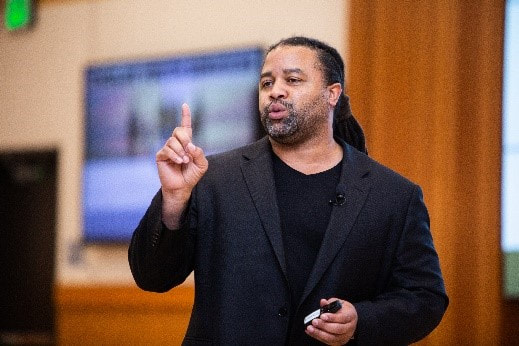



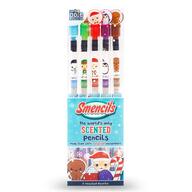

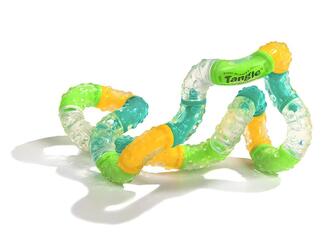


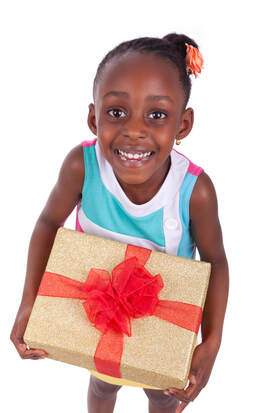
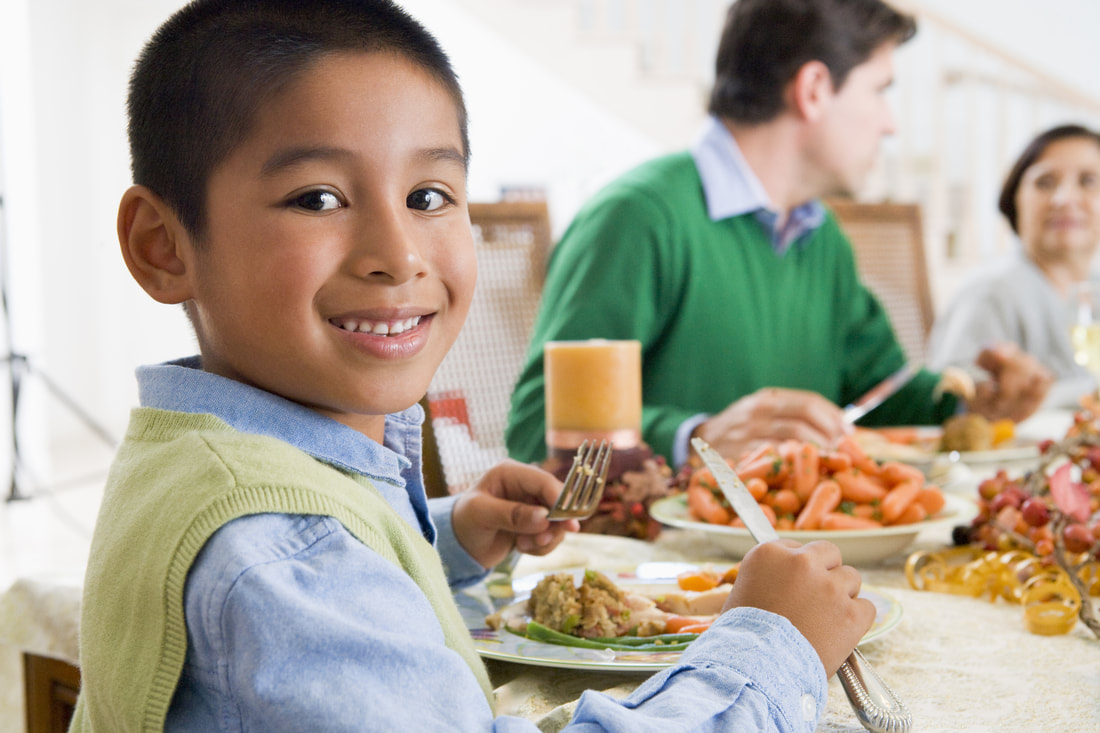
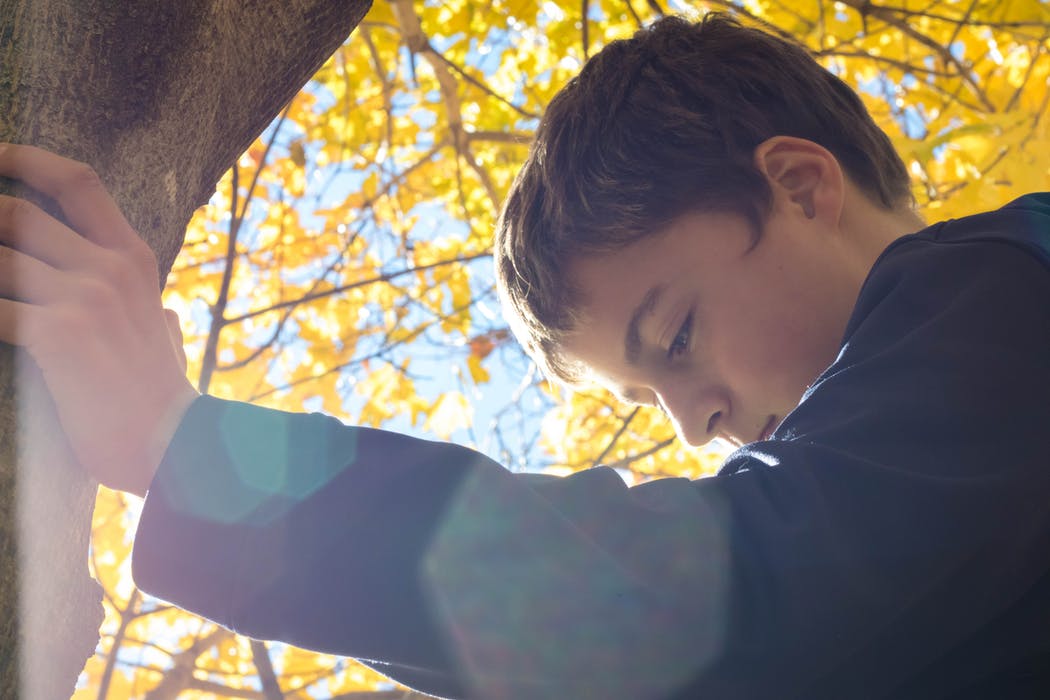
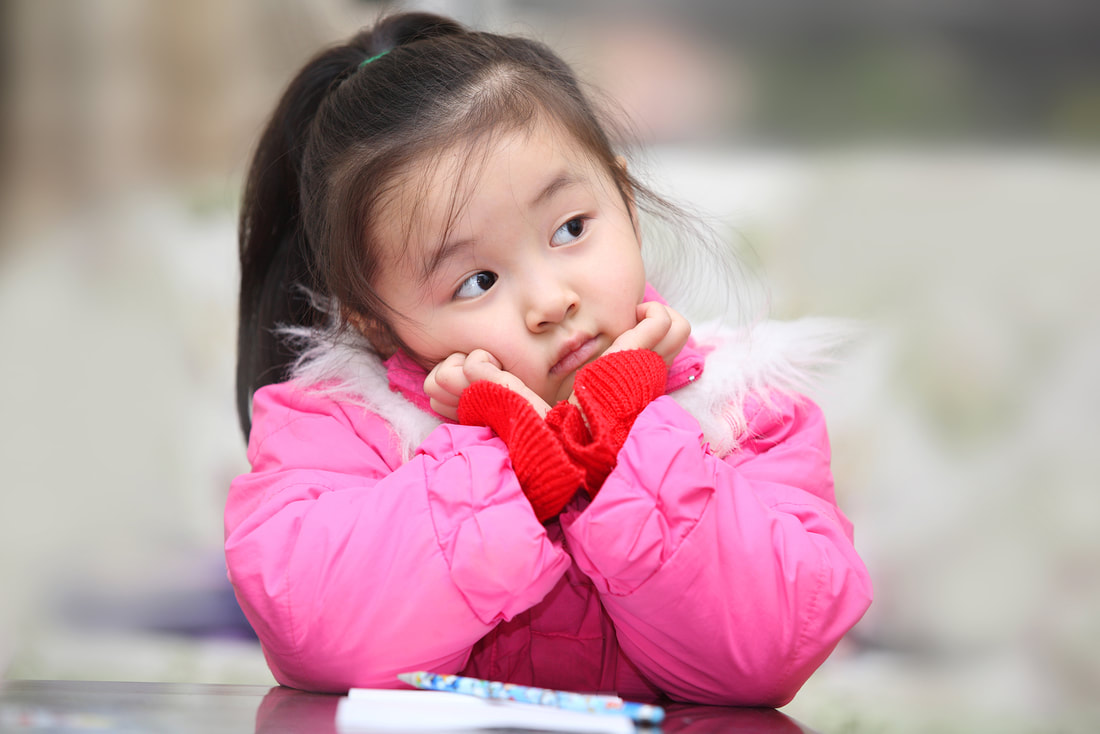
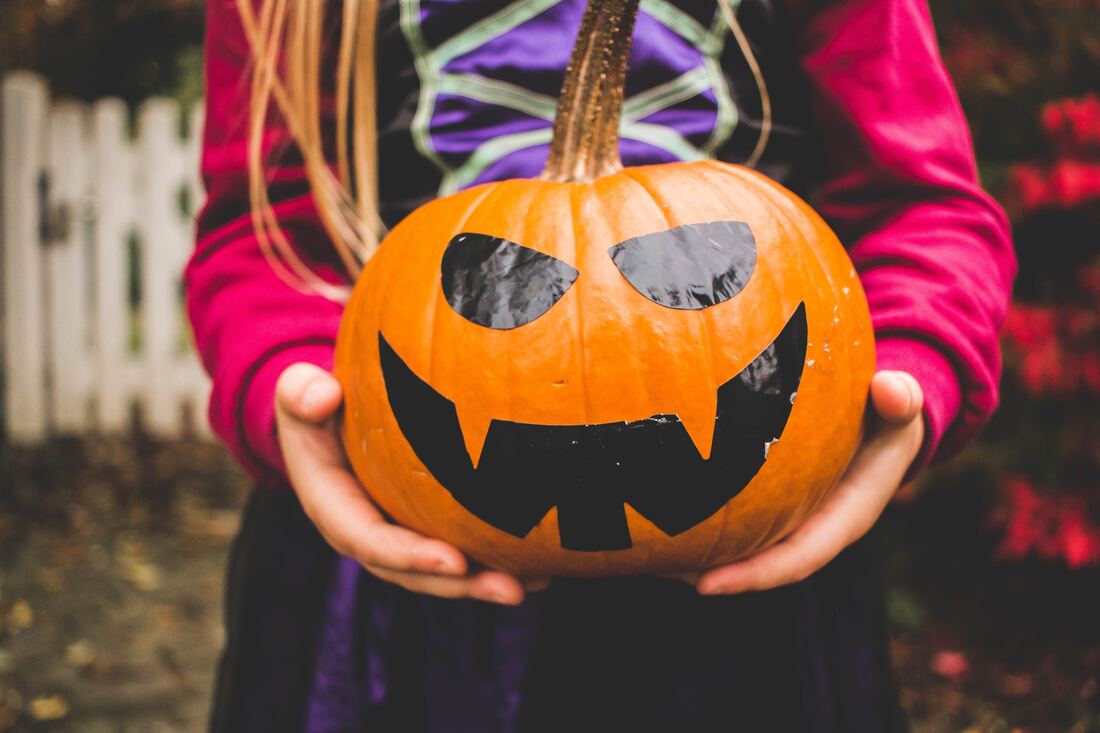
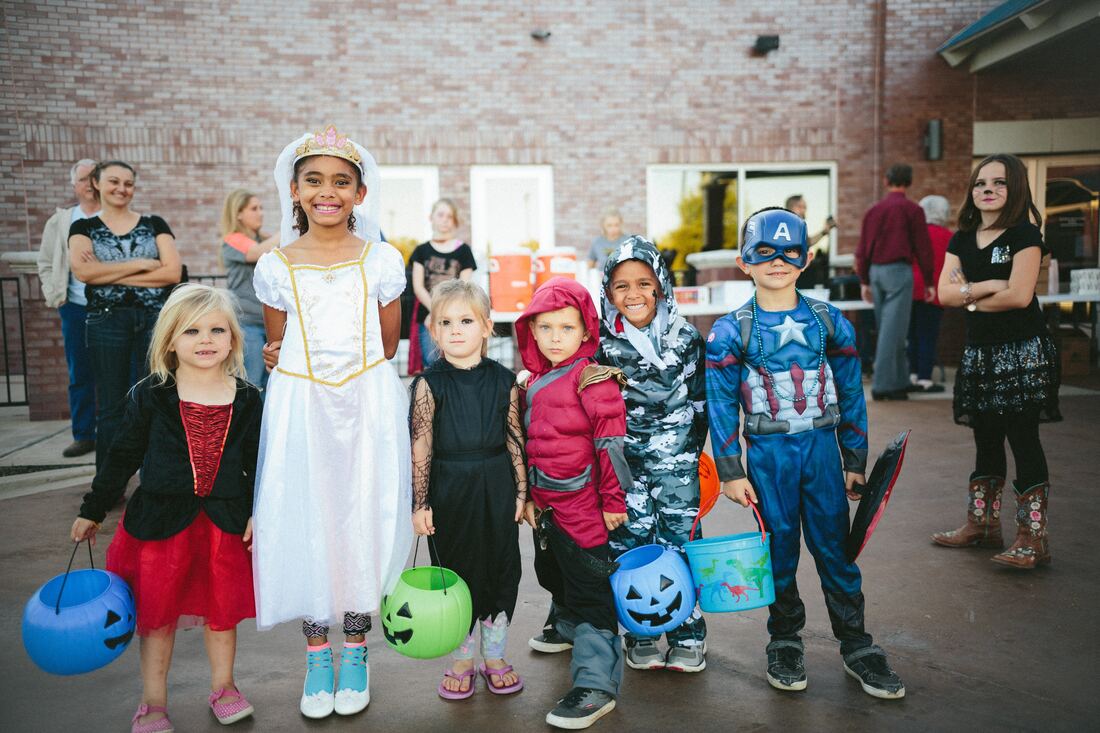


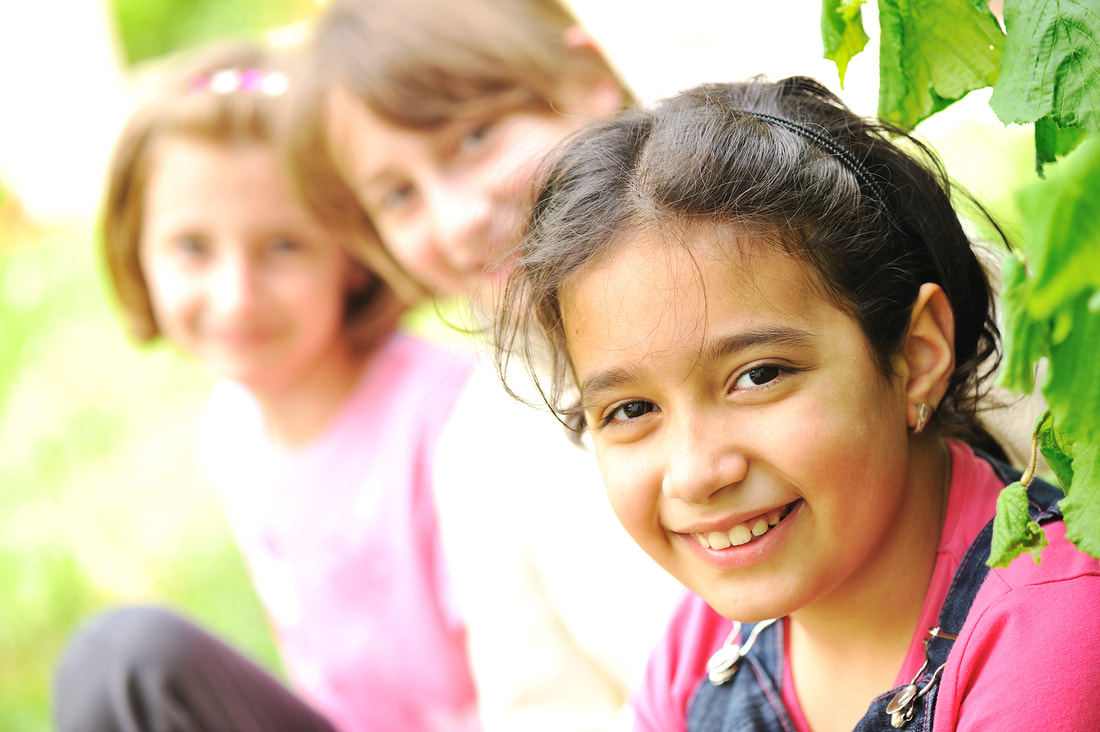

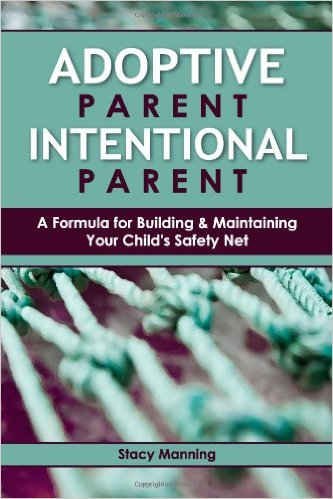


 RSS Feed
RSS Feed